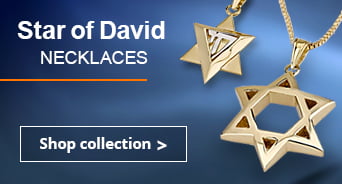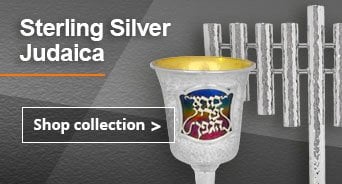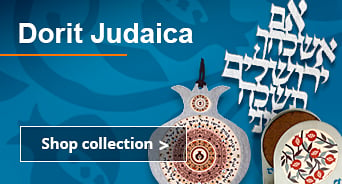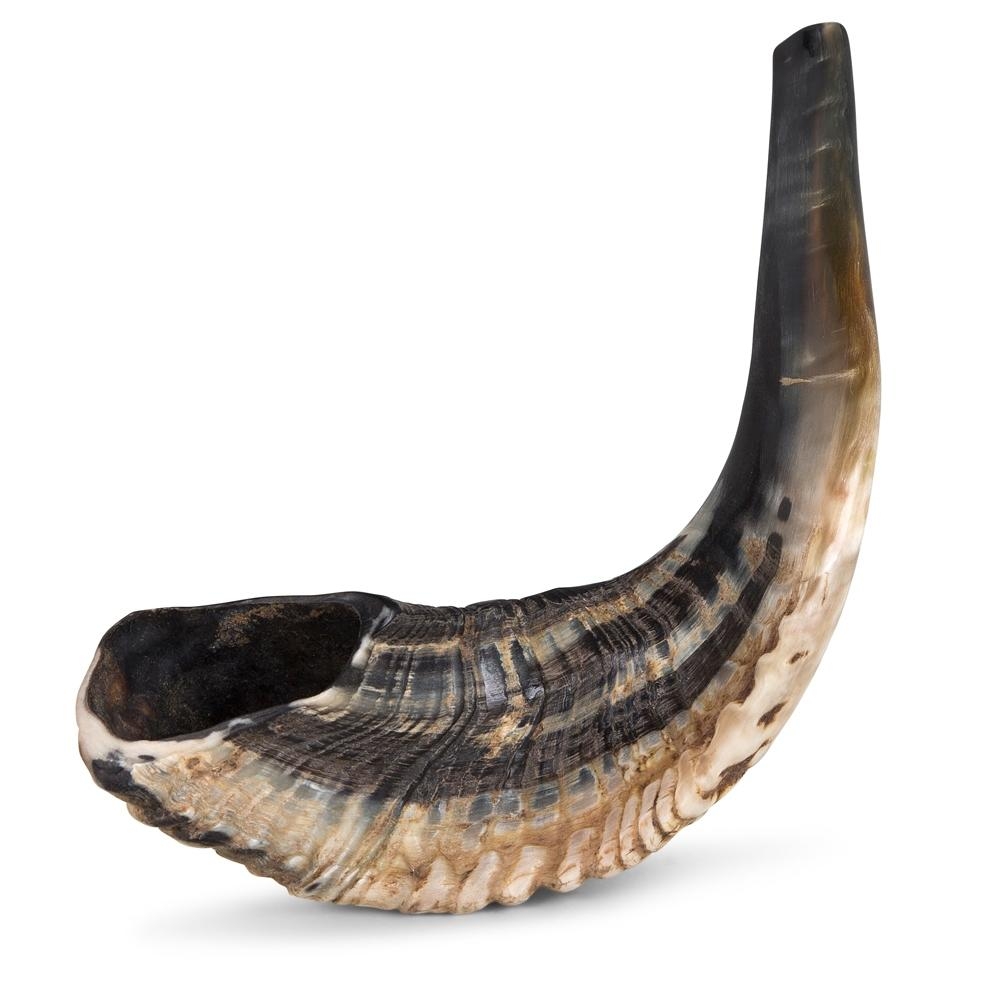
These days, the shofar (שופר) is associated with the high holidays of Rosh Hashanah and Yom Kippur, though it is blown every day of the month beforehand, in Elul. This horn is an ancient instrument. The sounds of the shofar have been deployed on a variety of occasions throughout Jewish history, including to announce a new month, when Shabbat approached, as well as to warn communities of the beginning of a battle or war. Jews also pray to hear the blast of the Shofar that announces the arrival of Moshiach, giving this instrument significance belonging to the past, present, and future in their own rights.
This year, Rosh Hashanah falls on Wednesday, October 2nd, Yom Kippur begins Friday, October 11th, and the month of Elul starts September 4th, so make sure that you have a shofar before then.
Why do Jews use a shofar?
The Jews use a shofar, historically for many more occasions than it is used for now, including the pronouncement of a new month, a new king, the arrival of Shabbat and Sabbatical years, and as a war horn to name just some of the uses. On a spiritual level, the sound of the Shofar is supposed to mimic the cries of a mother, to open each individual’s souls to accept mercy and begin growing for the better, as well as to appeal to God’s mercy that He should hear our cries and take pity on our plights.
When and why is the shofar blown?
In modern times, someone blasts the shofar every day during morning services in synagogue throughout the month of Elul, except on Shabbat. The shofar is also used during Rosh Hashanah prayer services and at the end of Yom Kippur to signify the end of the Day of Atonement and by extension the fast.
Do different shofar blasts mean different things? Is there a specific order?
Yes! There are three main types of blasts: Tekiah (תקיעה), Shevarim (שברים), and Teruah (תרועה). You will hear all three of these blasts on the holiday of Rosh Hashanah. On Yom Kippur, some communities will utilize all three of these blasts, while others only blow the Tekiah Gedolah. The order of the blasts depends on the day and specific prayer service.Tekiah is one single long blast of the shofar, while Shevarim is three short blasts that are sounded one right after the other. Teruah is a series of short blasts, also done in quick succession. Tekiah Gedolah is when someone blows the shofar once for as long as they can.
Tekiah is meant to bring us to attention, while Shevarim is meant to sound like crying.









